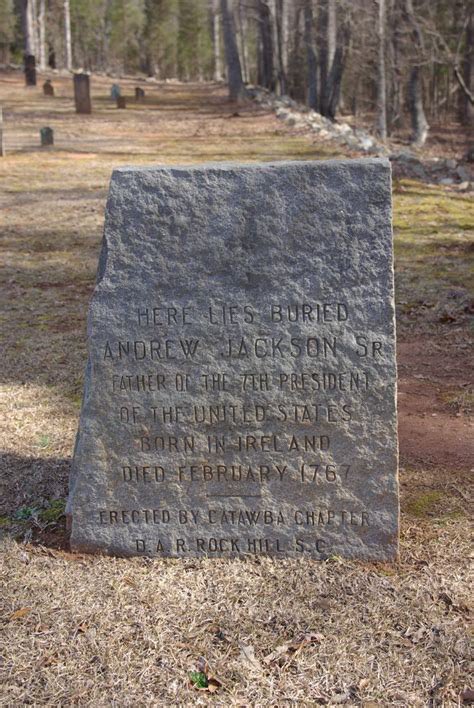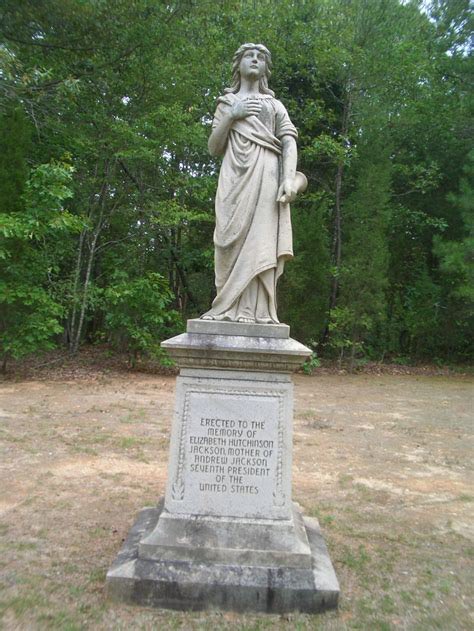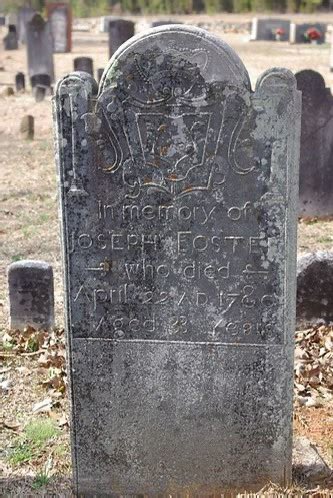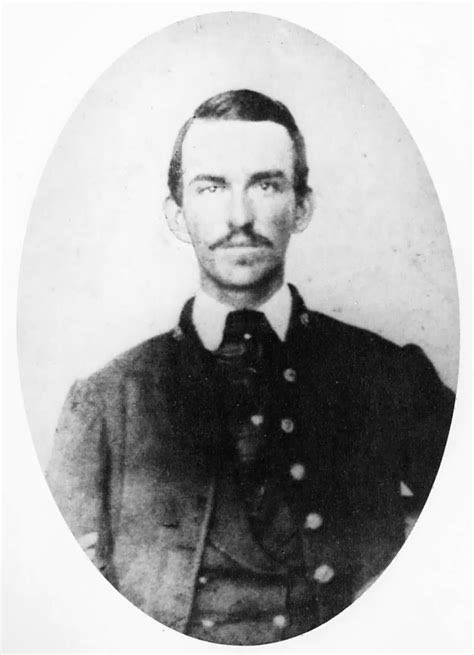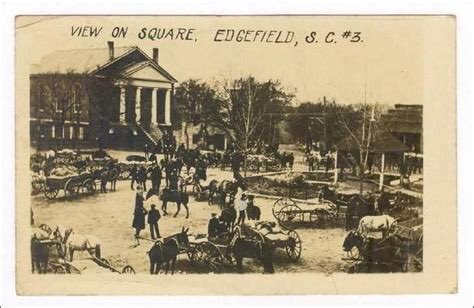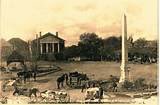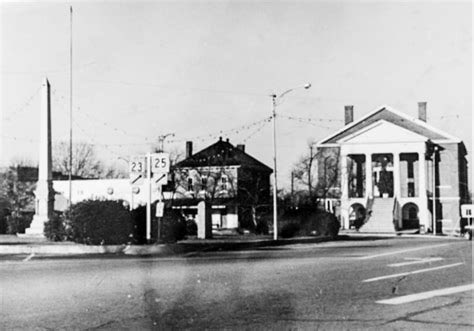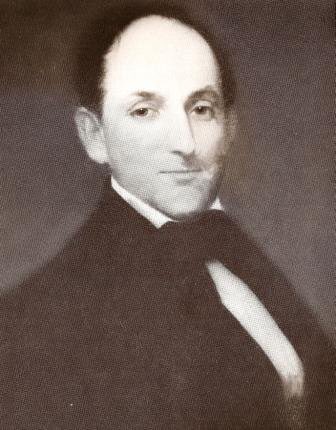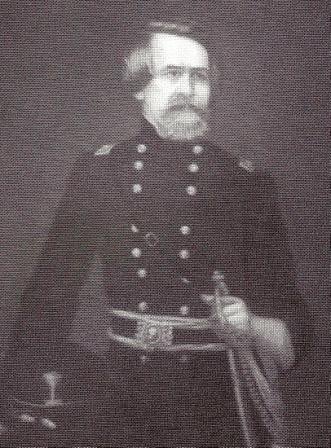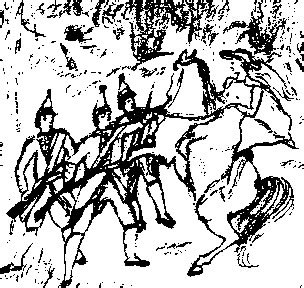Today is the anniversary of the Battle of Cowpens, fought on this date in 1781. This battle was the beginning of the end for the British in the Southern Campaign and would put into motion a chain of events that would end at Yorktown Virginia. 

General Greene made the decision to divide his small army and sent General Daniel Morgan west of the Catawba River to help raise the morale of the locals and find supplies well away from the British army. By this time the backcountry of South Carolina had been in the middle of 

A vicious civil war for three quarters of a year. The fighting in the South Carolina backcountry was some of the most brutal of the war and it would continue through 1781. The British learned of Morgan’s location and considered it a threat to their left flank. 

Thinking the Patriots were going to 96, one of the most important British outposts in the upstate, Lord Cornwallis dispatched Lt Colonel Banastre Tarleton and his dragoons to 96. Tarleton, although only 26 years old was much feared and competent commander 

With a reputation for cruelty throughout the colonies after his battle with Col Abraham Buford in the Waxhaws the year before. Buford’s men were cut to pieces by the British Legion believing their commander was killed when his horse was shot out from under him. 

This lead to the battle cry “remember Tarleton’s quarter. Finding Morgan not at 96 Tarleton asked for a reinforcement of British Regulars to drive Morgan over the Broad River. Remember the British Legion was mostly made up of American born loyalists with British commanders. 
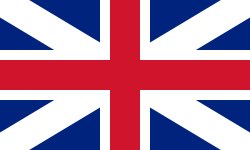
Morgan resolved to make a stand near the Broad River. He selected a position on two low hills in open woodland, with the expectation that the aggressive Tarleton would make a headlong assault without pausing to devise a more intricate plan. 

He deployed his army in three main lines. Tarleton's army, after an exhausting march, reached the field malnourished and heavily fatigued. They had been on the march since 2am and would face Morgan at Hannah’s Cowpens, a place where local cattle grazed
Knowing the militia were not reliable in open battle he used this to his advantage. Drawing his men into three lines he positioned riflemen in the front with orders to fire two volleys and fall back behind the experienced militia and Continental regulars. The riflemen 

Were ordered to pick off the officers with their deadly accurate weapons, 150 were selected for this job from the militia of Georgia and North Carolina. The second line of 300 militiamen were under the command of South Carolina’s famous partisan commander 

General Andrew Pickens, the Fighting Elder. Then the Continentals would join the fray. These men were part of the famous Maryland and Delaware Line, the most battle hardened troops in the Southern Army. Morgan would leave his flanks exposed. 

The Continental Light Dragoons under Col William Washington would provide cover for the militia to reform behind the Maryland and Delaware Line commanded by John Eager Howard with Morgan in overall command.




Tarleton took the bait and attacked the American center a little before sunrise ordering his dragoons to attack which was checked by the fire of the militia dropping 15 from their horses. He then ordered an infantry charge and this time they reached Pickens militia who fired two






Volleys and feigned retreat as ordered especially targeting officers. This threw the British line into confusion with 40% of the casualties being officers. They regrouped and charged forward this time running into the Maryland and Delaware Continentals.




The 71st Highlanders, some of the best British Regulars in the colonies, were ordered to flank the American right. John Eager Howard spotted this movement and ordered the Virginia militiamen to turn and face the Highlanders. The order was confused and they began to fall back.








At this moment Morgan ordered a volley which caused the militia to stop and turn pouring a withering fire into the Highlanders at less than 30 yards. Howard then shouted “charge bayonets!” The double envelopment began. 

As the Continentals charged forward Washington’s Calvary came around the American left to hit the British on their right flank and rear, the militia under Pickens then charged out and hit the British on their left flank and rear. Nearly half of the British fell to the 

Ground wounded or not, their will to fight exhausted. Tarleton saw a small amount of the 71st still in the fight and ordered his British Legion to charge. They instead fled the field. Desperate, he gathered about 40 dragoons to try and retrieve his cannons but they
Were surprised by American Calvary under Col Washington. Here one of the most memorable scenes of the Revolution in South Carolina occurred. Tarleton and Washington came face to face as Washington charged and became somewhat isolated from his men. 

Two British Dragoons attacked Washington and Tarleton rode into the melee A cornet of the 17th, Thomas Patterson, rode up to strike Washington, but was shot by Washington's orderly trumpeter.Washington survived this assault and in the process wounded Tarleton on his right hand
with a sabre blow, while Tarleton creased Washington's knee with a pistol shot that also wounded his horse. It was now 8:00 a.m., and the battle had lasted approximately one hour. Washington pursued Tarleton for sixteen miles, to the plantation of Adam Goudylock.
The battle was over and Tarleton’s Legion’s reputation was tarnished. Cornwallis would make plans to head into North Carolina. Daniel Morgan still watches over us from Morgan Square in Spartanburg. This statue was erected in 1871 on the centennial of the battle. 

• • •
Missing some Tweet in this thread? You can try to
force a refresh














